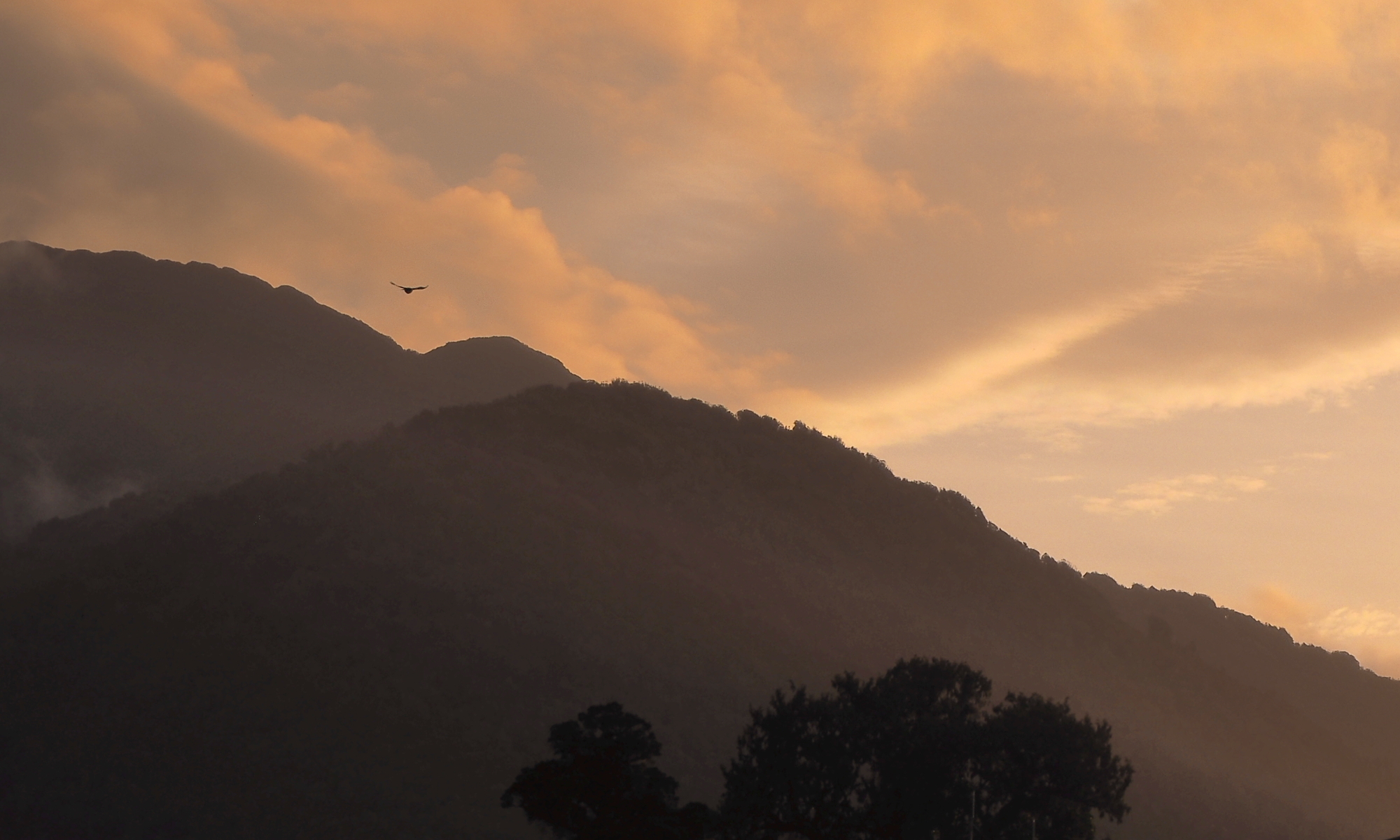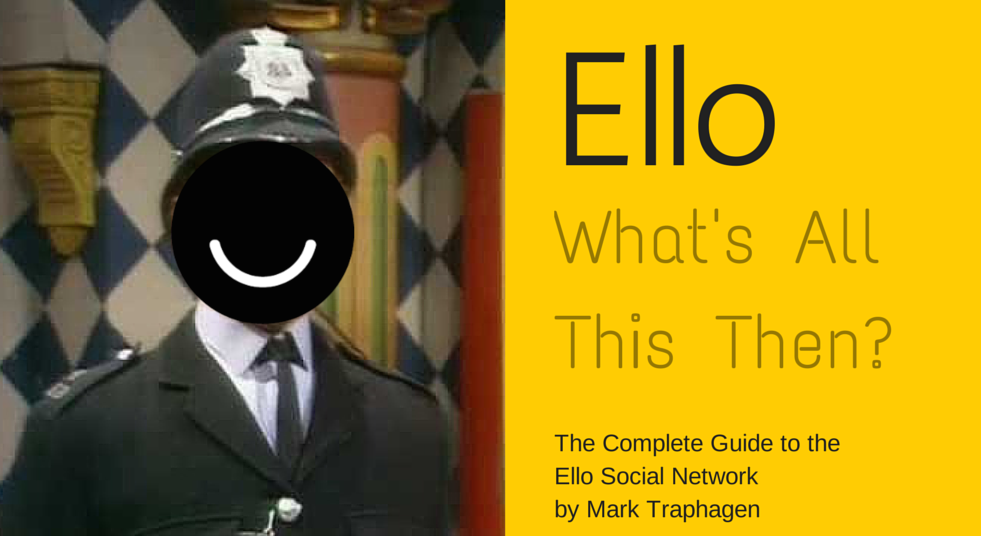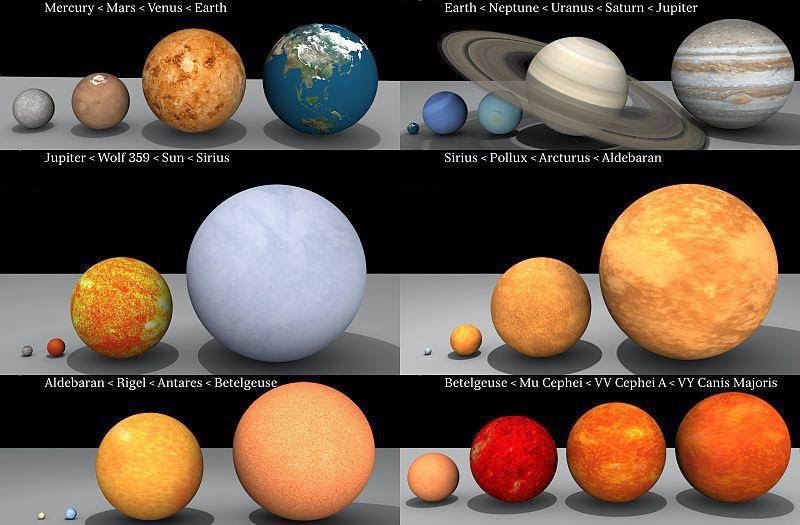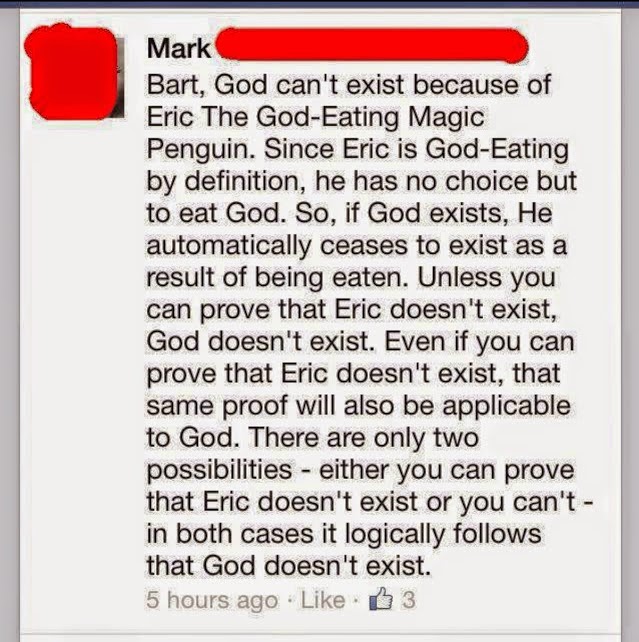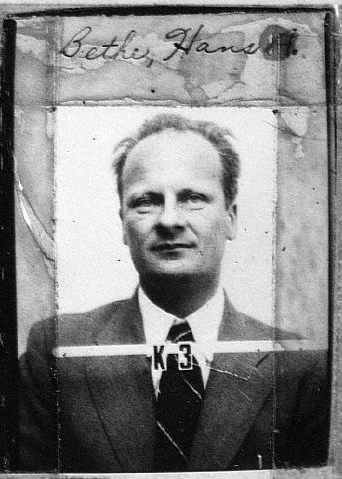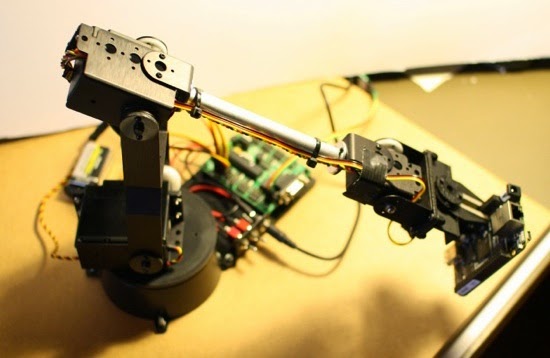I currently have solar panels on about 35% of the roof area of my house, and I have reduced my electricity cost to near (but not quite) zero. With 80% roof coverage, then, I could provide a surplus equal to what I am using.
According to the chart, Total Electrical Generation is 38.1 quads (with 25.7 going to “rejected”, 67% waste — what’s up with that??).
What’s interesting here is that the electrical infrastructure, unlike other energy infrastructure, is intrinsically bi-directional — if the consumers were turned into producers, they can send power back out over the same wires that they are currently using to receive power.
This means that if residential and commercial customers turned into producers (eg, residential and commercial solar that on net produced as much surplus energy as they had been using), they could completely supply the current industrial use of electricity, even accounting for a 2/3 energy loss (to “rejected”).
So, from a pure capacity and distribution infrastructure point of view, all current electric power generation facilities could be replaced by distributed local generation and storage, using the current grid.

